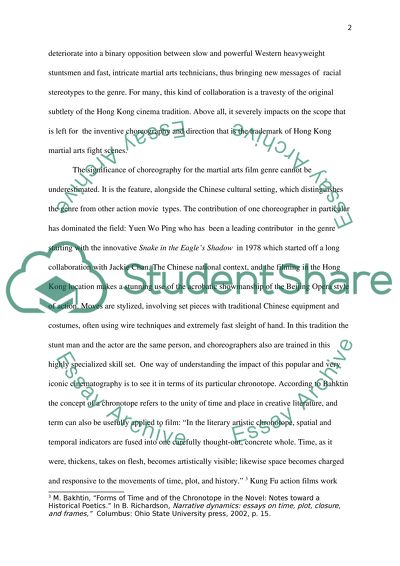Cite this document
(“Hongkong action movies: a transnational genre Essay”, n.d.)
Retrieved from https://studentshare.org/environmental-studies/1415512-hongkong-action-movies-a-transnational-genre
Retrieved from https://studentshare.org/environmental-studies/1415512-hongkong-action-movies-a-transnational-genre
(Hongkong Action Movies: A Transnational Genre Essay)
https://studentshare.org/environmental-studies/1415512-hongkong-action-movies-a-transnational-genre.
https://studentshare.org/environmental-studies/1415512-hongkong-action-movies-a-transnational-genre.
“Hongkong Action Movies: A Transnational Genre Essay”, n.d. https://studentshare.org/environmental-studies/1415512-hongkong-action-movies-a-transnational-genre.


